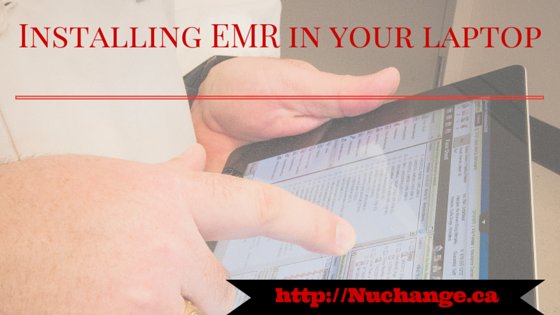
Behaviour Intervention Technologies (BITs) are a subset of eHealth and mHealth interventions that support users in changing behaviour and cognitions related to health. Several psychological models guide the implementation of BITs. However, these psychological models such as social cognitive theory and theory of planned behaviour have a clinical focus and are incapable of guiding the design and coding.
Mohr et.al proposed the BIT model [ [ref] Mohr DC, Schueller SM, Montague E, Burns MN, Rashidi P. The Behavioral Intervention Technology Model: An Integrated Conceptual and Technological Framework for eHealth and mHealth Interventions. J Med Internet Res 2014;16(6):e146 [/ref] ] to address these limitations by systematizing why, how (conceptual and technical), what and when of BIT. ‘Why’ translates to clinical aims such as sun protection and weight reduction. Examples of conceptual ‘how’ are education, goal setting, monitoring and feedback. Technical ‘how’ indicates the medium of delivery and the complexity of delivery. ‘What’ corresponds to alerts, logs, messaging and data collection. ‘When’ indicates the workflow that can be user defined or based on time/event rules. The model proposes a sense-plan-act paradigm based on robotics with sense-act coupling in reactive models.
HL10 (Hamilton) is an attempt to take the BIT model and the sense-plan-act paradigm to the next level of a software framework. HL10 is a proposal for an mHealth specific mobile application frameworks that can be easily extended to create any type of app. The framework should take care of overarching concerns such as privacy and security of patient data, communication with electronic health record (EHR) systems and population health.
Ultimately HL10 framework would be available as an mHealth boilerplate or a Yeoman generator that can be easily modified to create any mHealth BIT. HL10 would try to segregate the sense-plan-act layers and would propose fundamental rules of communication between these layers though standardizing is not its primary intent. Privacy would be built into the framework by design. External communication with EMR and other HIS would be negotiated through fire! (FHIR)
HL10 is still a concept and would greatly benefit from ideas and contributions from domain experts. Though I am ‘opinionated’ to a certain extent, this preliminary post is intentionally left ‘non-opinionated’ to encourage the flow of ideas. Do give me a shout if you find this interesting. I have created a group on GitHub for this: https://github.com/E-Health
Some of the ideas are influenced by AppsForHealth at Mohawk, especially the keynote lecture by Dr. Ann Cavoukian on privacy by design, and the introductory lecture on FHIR followed by the connectathon demos.
Please site this page as below if you expand on this concept.
Eapen BR. HL10 (Hamilton) – An mHealth behaviour intervention technology framework. NuChange Informatics Blog (2015). Available from: http://nuchange.ca/2015/07/hl10-from-model-to-framework.html

